A second Salzburg? | MARCH 29
The Austrian-born theater and film director Max Reinhardt emigrated to the US in October 1937, accompanied by his wife Helene Thimig, an actress. By introducing technical innovations and elevating the position of the director, Reinhardt played a pivotal role in the development of modern theater. With his production of H. von Hoffmannsthal’s “Jedermann” in 1920, he became one of the co-founders of the Salzburg Festival. Shortly after he settled down in the US, plans emerged to found “another Salzburg” festival in California. This time, he wrote his friend Arturo Toscanini, he would be working “under more favorable climatic and political conditions, and perhaps with greater financial means.” Among his achievements in the US were staging Werfel’s “The Eternal Road” (1937) and founding the Max Reinhardt Workshop for Stage, Screen and Radio, a theater and film academy in Hollywood (1937–1939). He did not think very highly of US audiences.
Aryanization | MARCH 19
After more than one hundred successful years in business, the cotton weaving mill M.S. Landauer in Augsburg announces the sale of the company. Throughout the Nazi period, as part of the program of “Aryanization”, Jews were coerced into selling their property to non-Jews, usually significantly below market value. In some cases, owners preempted official orders by selling to a trusted business associate, which did not generally help them avoid major losses. Ironically, the founder of the F.C. Ploucquet company, which now owned the plant, had been of Huguenot extraction and thus himself belonged to a community that had experienced severe persecution.
All hands on deck | MARCH 9
The newspaper Die Stimme was considered the official mouthpiece of the National Zionist Committee in Austria. In its March 9 issue, it quotes a JTA report on the conference of the World Zionist Executive in London. Although tensions in Austria were running high, the conference had other pressing matters on its agenda, such as immigration to Palestine and changes in the British attitude towards it. Among the proposals discussed were lowering the price of the shekel in a number of Eastern European countries and establishing coordinating councils for Zionist activities.
Homosexual Relations with a Jew | MARCH 5
The handsome, blond, and athletic scion of a noble family in Lower Saxony, Gottfried von Cramm had all the features sought by the Nazis for propaganda purposes. Nevertheless, the two-time winner of the French Open tennis tournament (1934 and 1936) explicitly refused to be used as a poster boy for Nazi ideology and never joined the NSDAP. After repeatedly spurning opportunities to ingratiate himself with the regime, it was another issue that got him into trouble. On March 5, 1938, von Cramm was arrested under Paragraph 175 of the German penal code, which prohibited homosexual conduct. He was alleged to have had a relationship with a Galician Jew, the actor Manasse Herbst. Reformers had nearly succeeded in overturning the statute during the Weimar republic, but the Nazis tightened it after their ascent to power.
Doing fine here in prison | FEBRUARY 19
Not wishing to leave behind the family business and hoping that the Jews’ situation would improve over time, Alfred Rahn had initially been reluctant to consider emigration. However, in 1937 the family obtained US visas and sold the business to a non-Jew. Since they had not officially approved the sale, the Nazis accused Rahn of trying to hide funds. As a result, he had to serve a 14-month prison term. From prison, Rahn writes to his wife Lilli in a matter-of-fact way about his hope to be transferred to a different section of the prison, the work imposed on him, and the books he reads. He manages to create the impression that nothing much is amiss.
Frightening figures | FEBRUARY 9
The figures computed by the registry office of the Vienna Jewish Community and published here in the Jewish paper Die Stimme paint a bleak picture: between 1923 and 1937, the number of Jews in Vienna had decreased from 201,208 to around 167,000. The notice specifically mentions emigration between 1935 and 1936. Moreover, probably as a result both of the general insecurity and the changed age structure of the community, the number of births among Austrian Jews had gone down from 2,733 in 1923 to a mere 720 in 1937. Among the 2,824 deaths in 1937, 105 are entered as suicides.
Religion, culture and the struggle for human dignity | JANUARY 29
This drawing shows the interior of the Prinzregentenstraße Synagogue in Berlin (Wilmersdorf). Built in 1930, the building was designed to fulfill the needs of a liberal congregation. As shown in the picture, the synagogue boasted a magnificent organ. Rabbi Leo Baeck gave the sermon at the opening ceremony. From 1933, when Jews began to be pushed out of Germany’s cultural life, the synagogue also became a Jewish cultural center.
Markus becomes Mischa | JANUARY 19
Markus Wolf (center in the photo above), one of the sons of the communist physician and writer Friedrich Wolf (right), was born in 1923 in Hechingen in the Swabian Alps. After the Nazi seizure of power the family initially emigrated to Switzerland, then to France, and in 1934 to the Soviet Union. The Wolf family resided at the Hotel Lux in Moscow where a large number of communist refugees from Germany had been given shelter. During the years of the Great Terror (1936–38), deeply suspicious of the foreigners, in whom it saw potential spies for the Reich, Stalin’s regime tortured and interrogated many of the German emigrants. Among the approximately 600,000 victims of the purge were 178 German communists, most of them residents of the Hotel Lux. The Wolf family survived.
Where strength and joy flow | JANUARY 9
In his opening speech at the inauguration ceremony for the new Jewish community center in Hamburg, Max M. Warburg, scion of a renowned family of bankers, describes the challenges the community is facing at the present moment and states the mission of the building and its leadership in troubled times. Describing theater as a source not only of “uplift and joy” but also of “moral fortitude,” Warburg declares the community center to be intended first and foremost as a home for the performances of actors and musicians of the Jewish Kulturbund.
Improvisation impinged | JANUARY 7
Werner Wilhelm Dambitsch was born on June 23, 1913 in Breslau (today Wroclaw, Poland). Werner was interested in music from an early age, but he had to purchase his first instrument, a saxophone, with money he had earned himself. He did this in 1932 at the age of 19 and founded with four friends the ‘Excentric [sic] Jazz Orchester’. In order to perform, the combo had to join the “Reichsverband der jüdischen Kulturbünde in Deutschland” (Reich Association of Jewish Cultural Federations) and was forced to change the name to “Erstes Jüdisches Jazz-Orchester” (First Jewish Jazz Orchestra). While the association did not guarantee steady income or employment, at least it allowed the artists to perform at events attended by Jewish audiences. This image shows Werner Dambitsch’s Kulturbund membership card.



